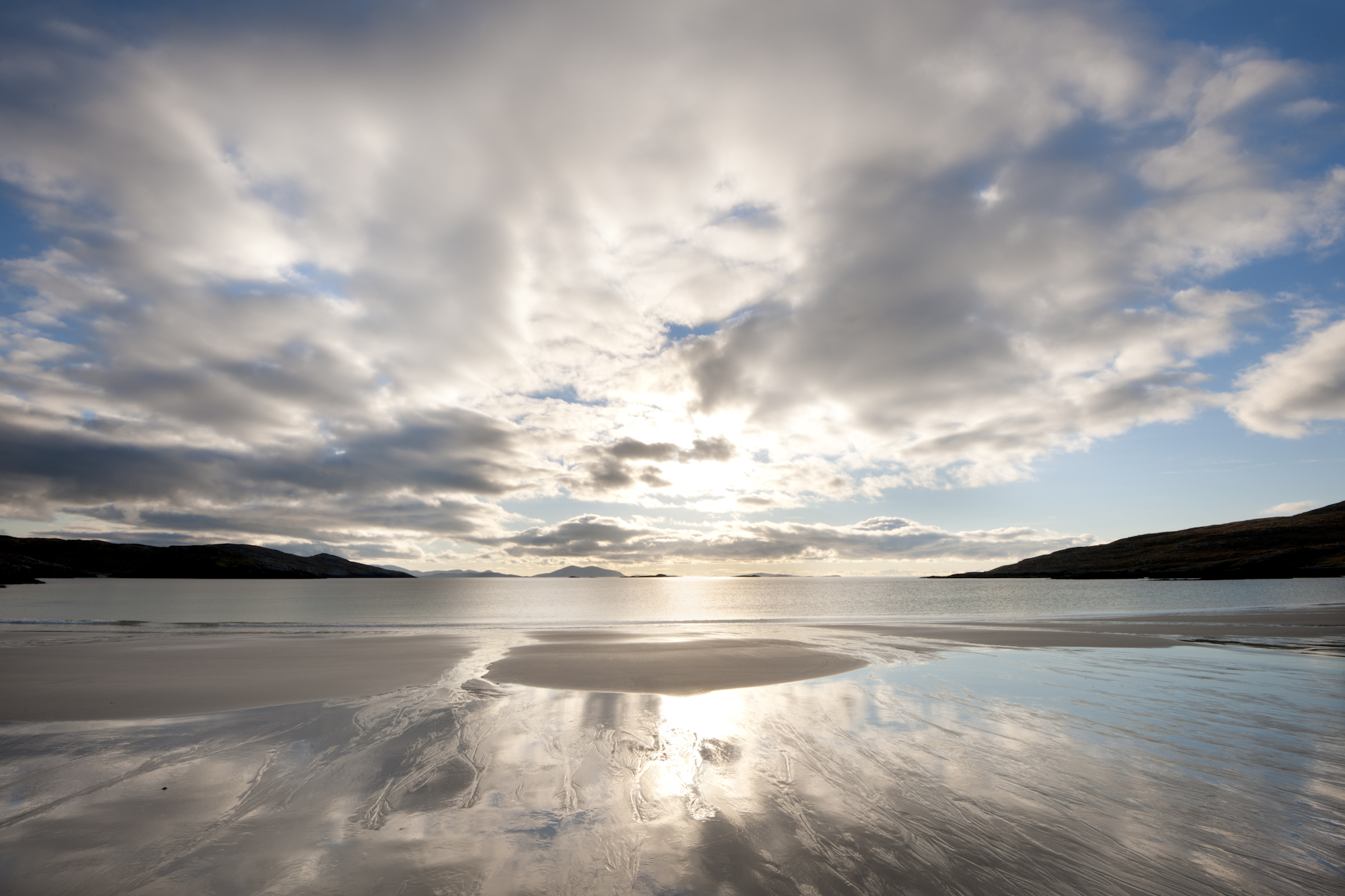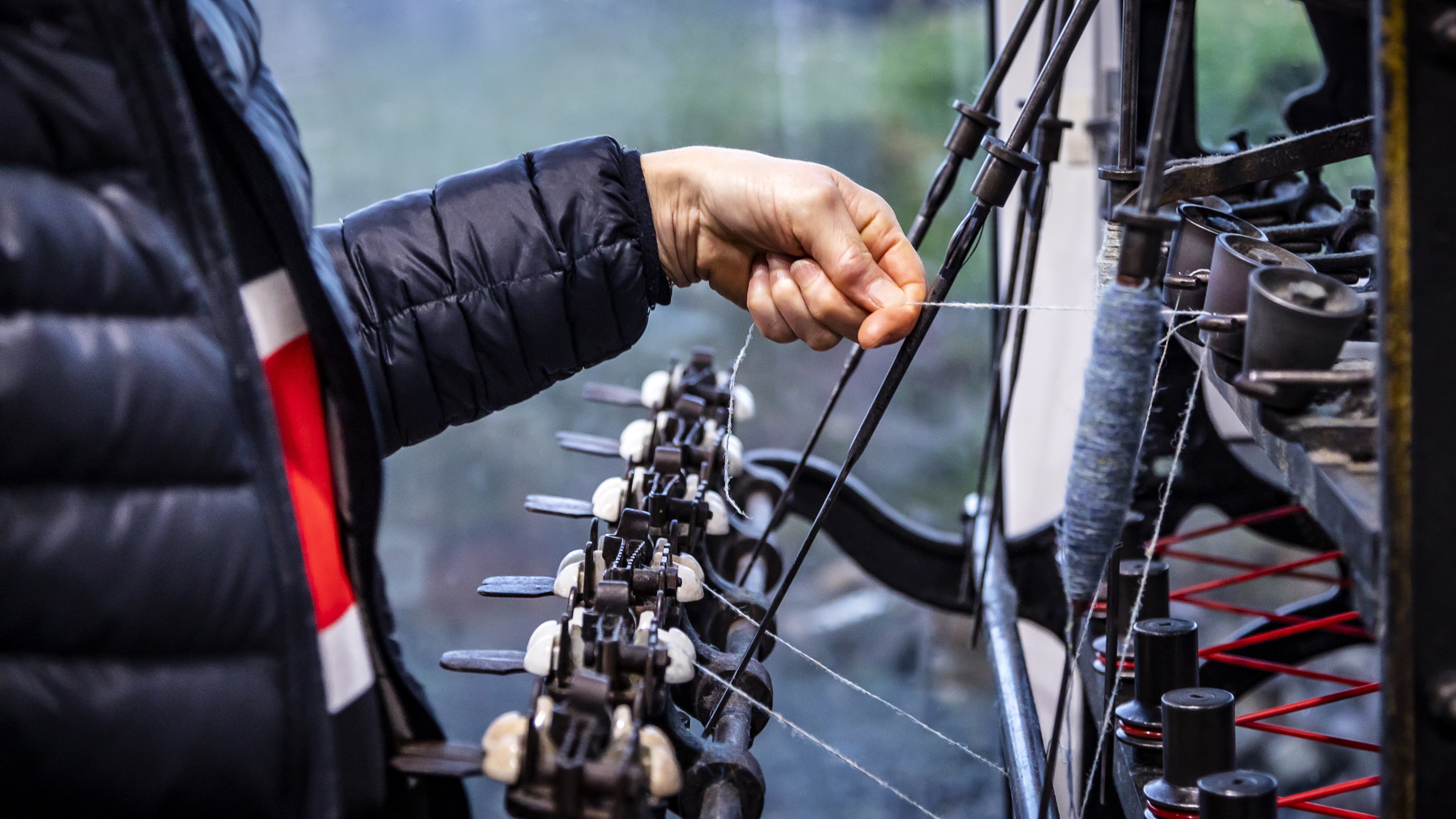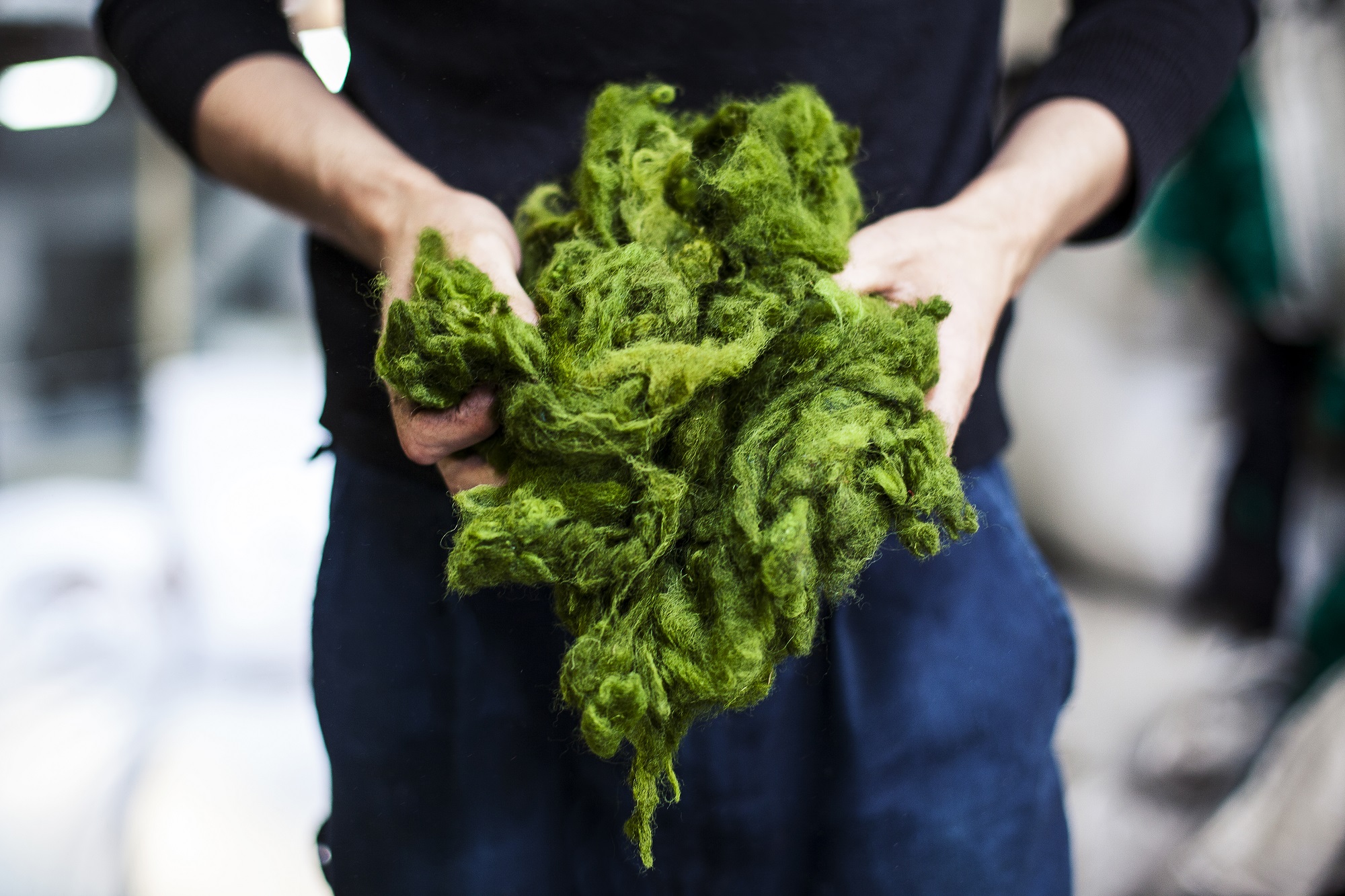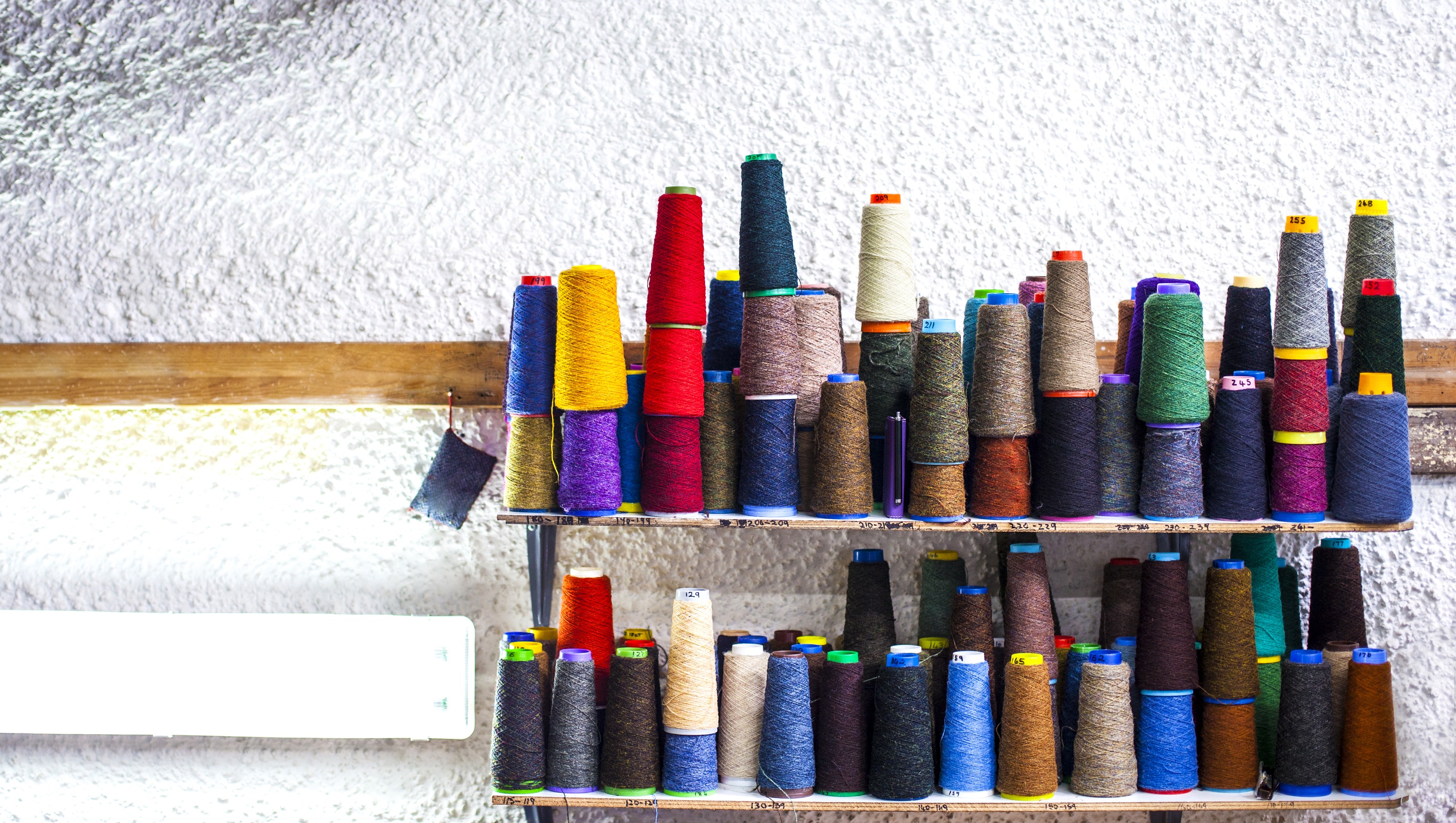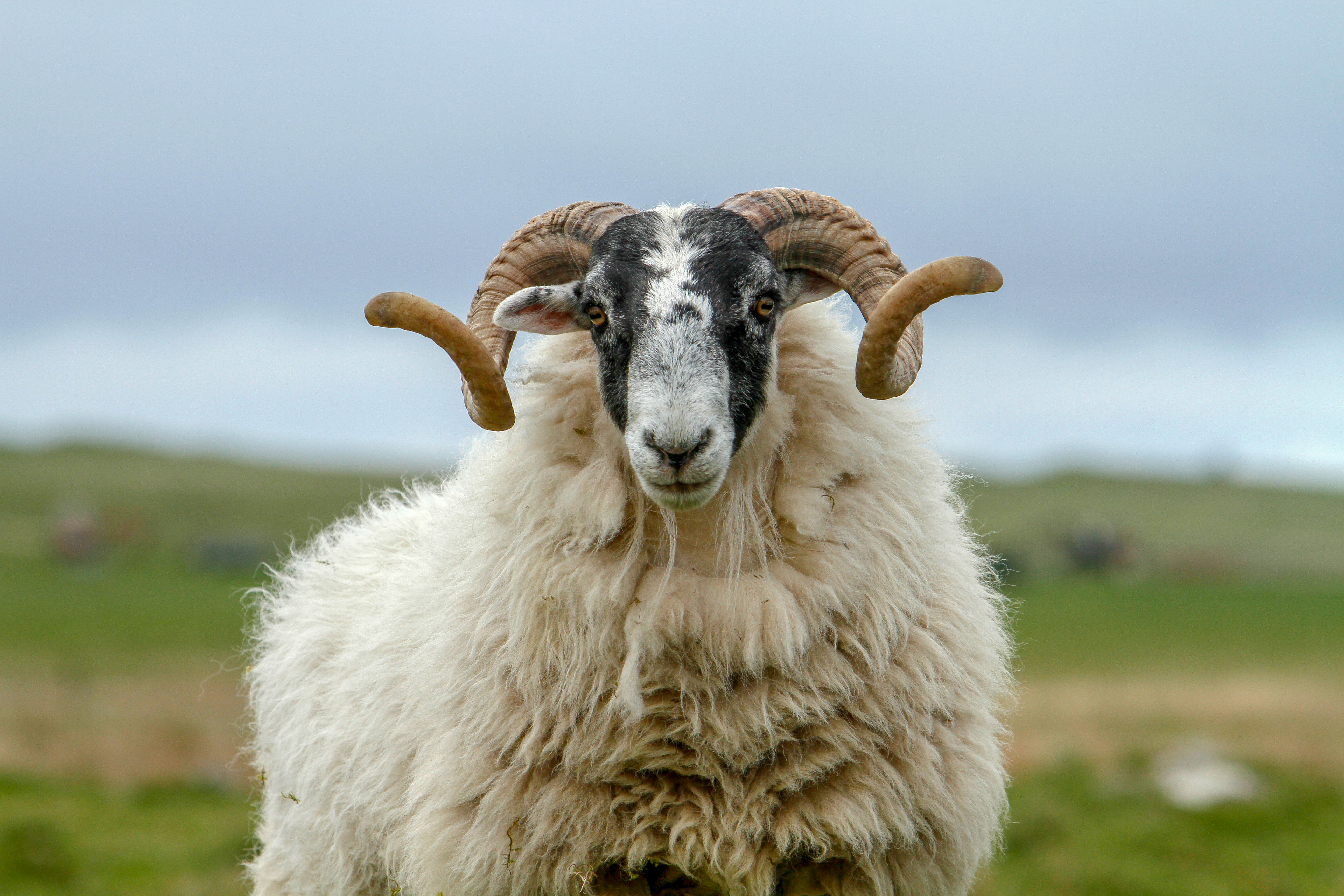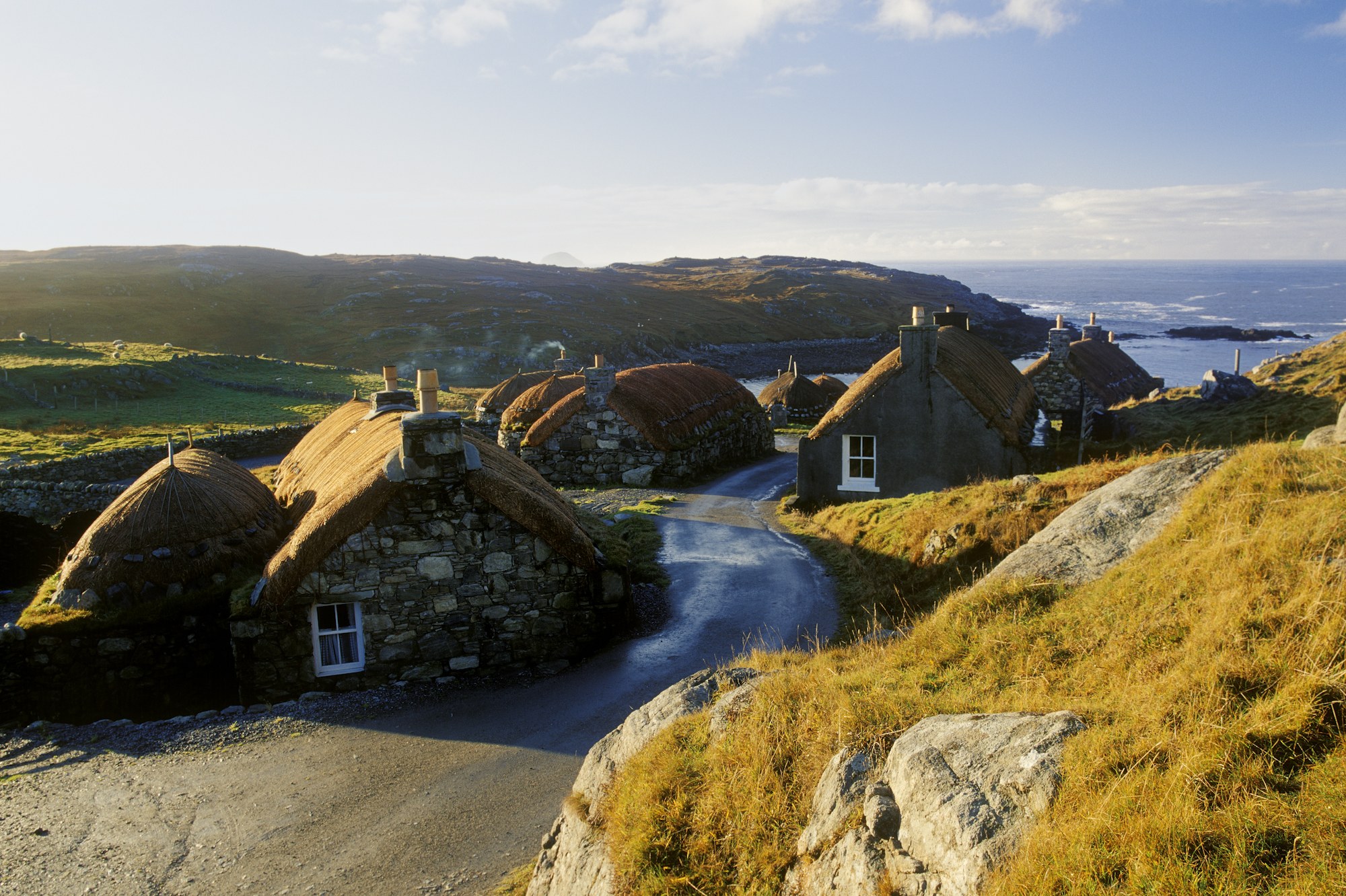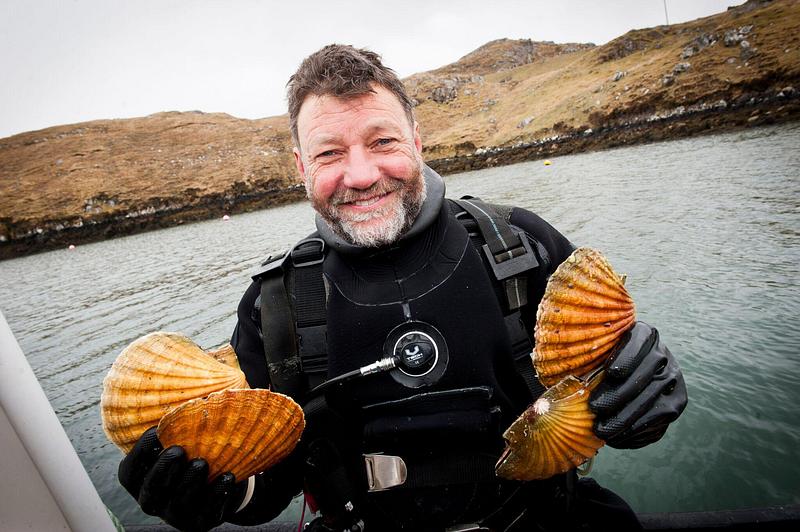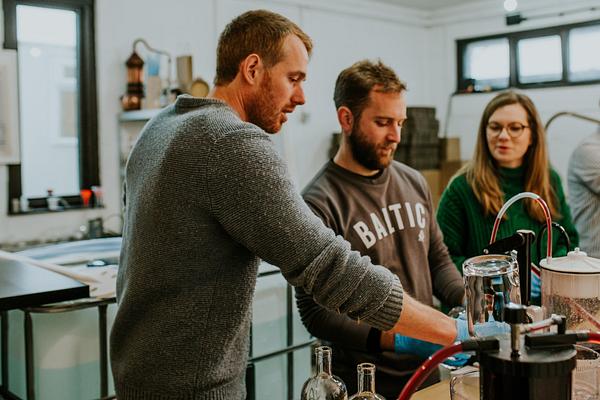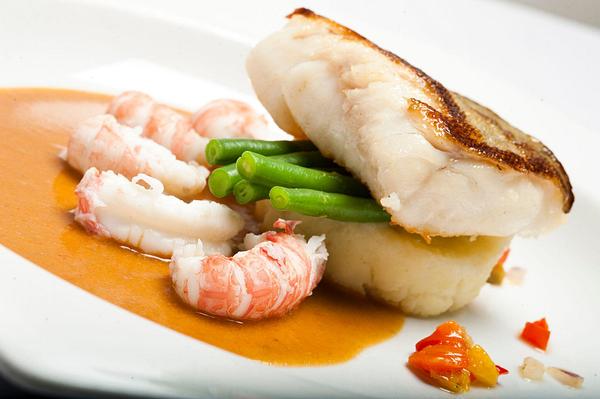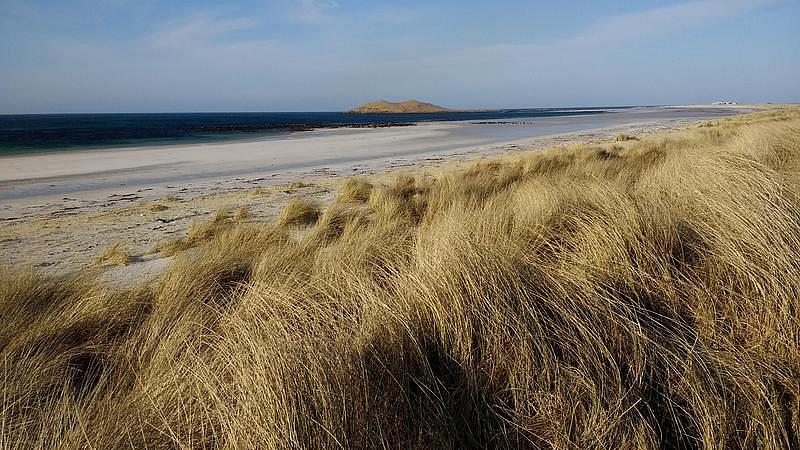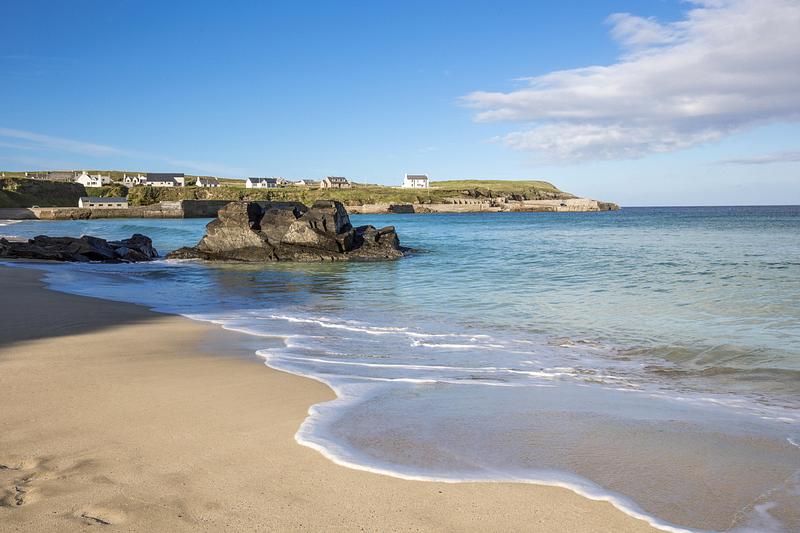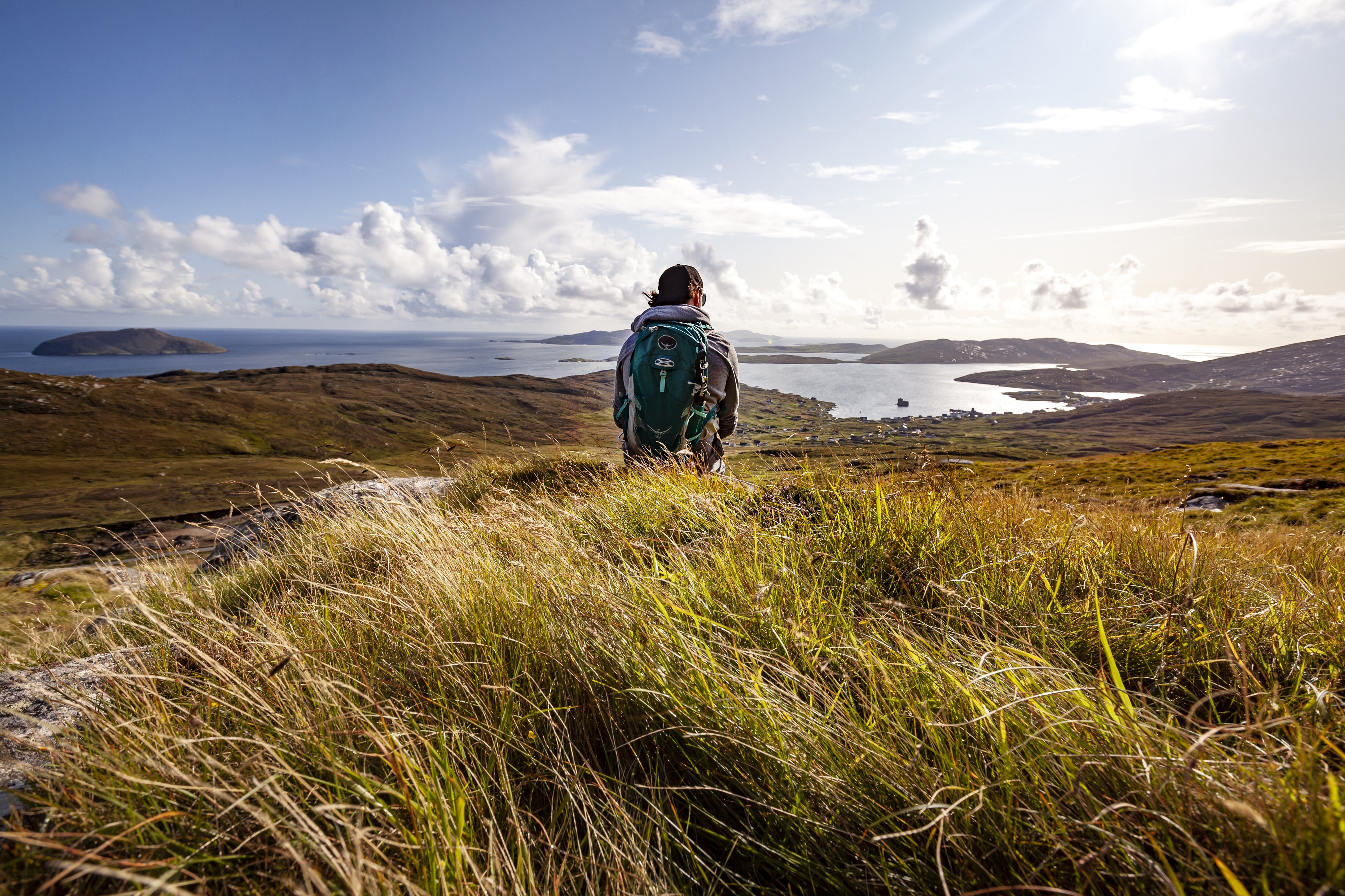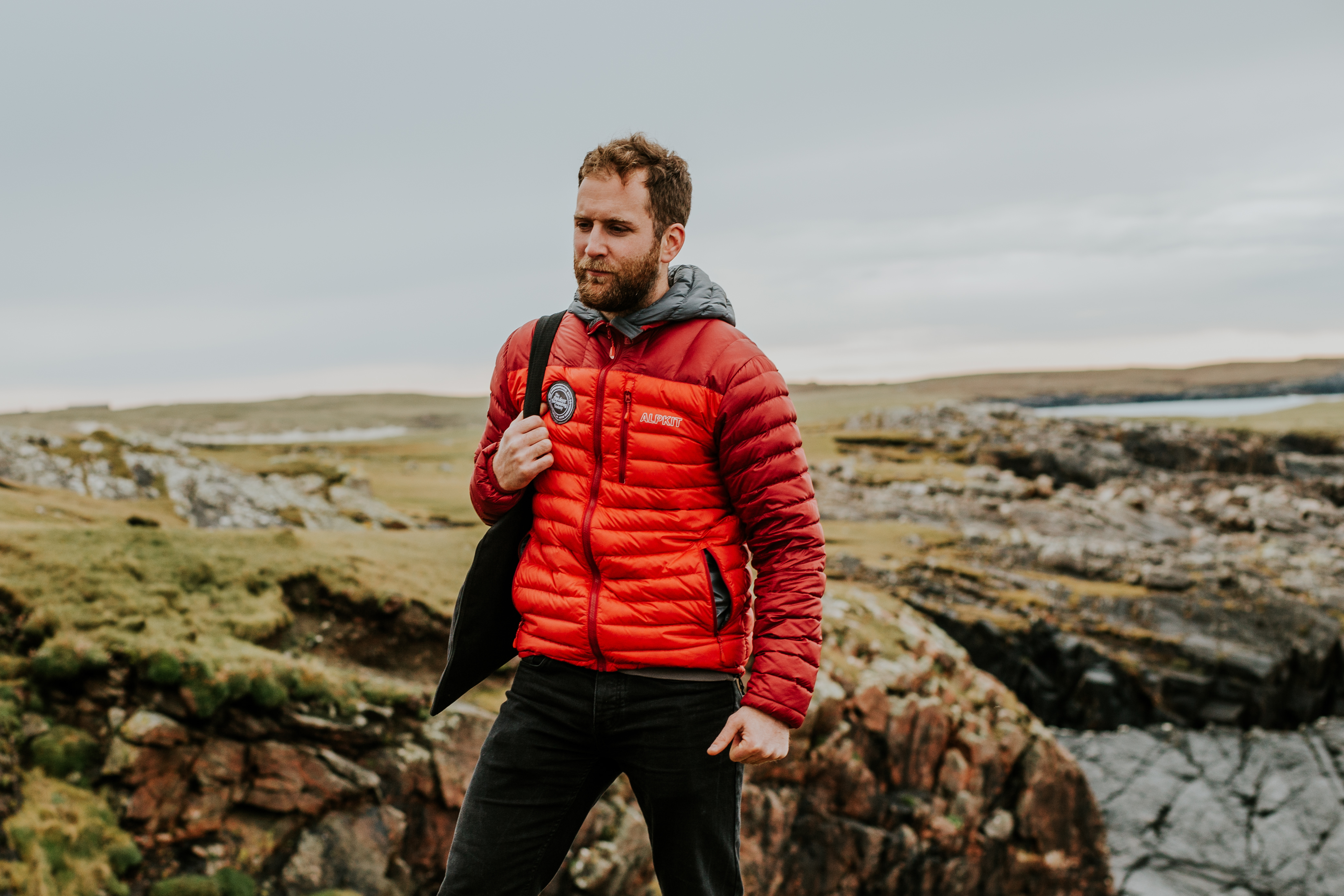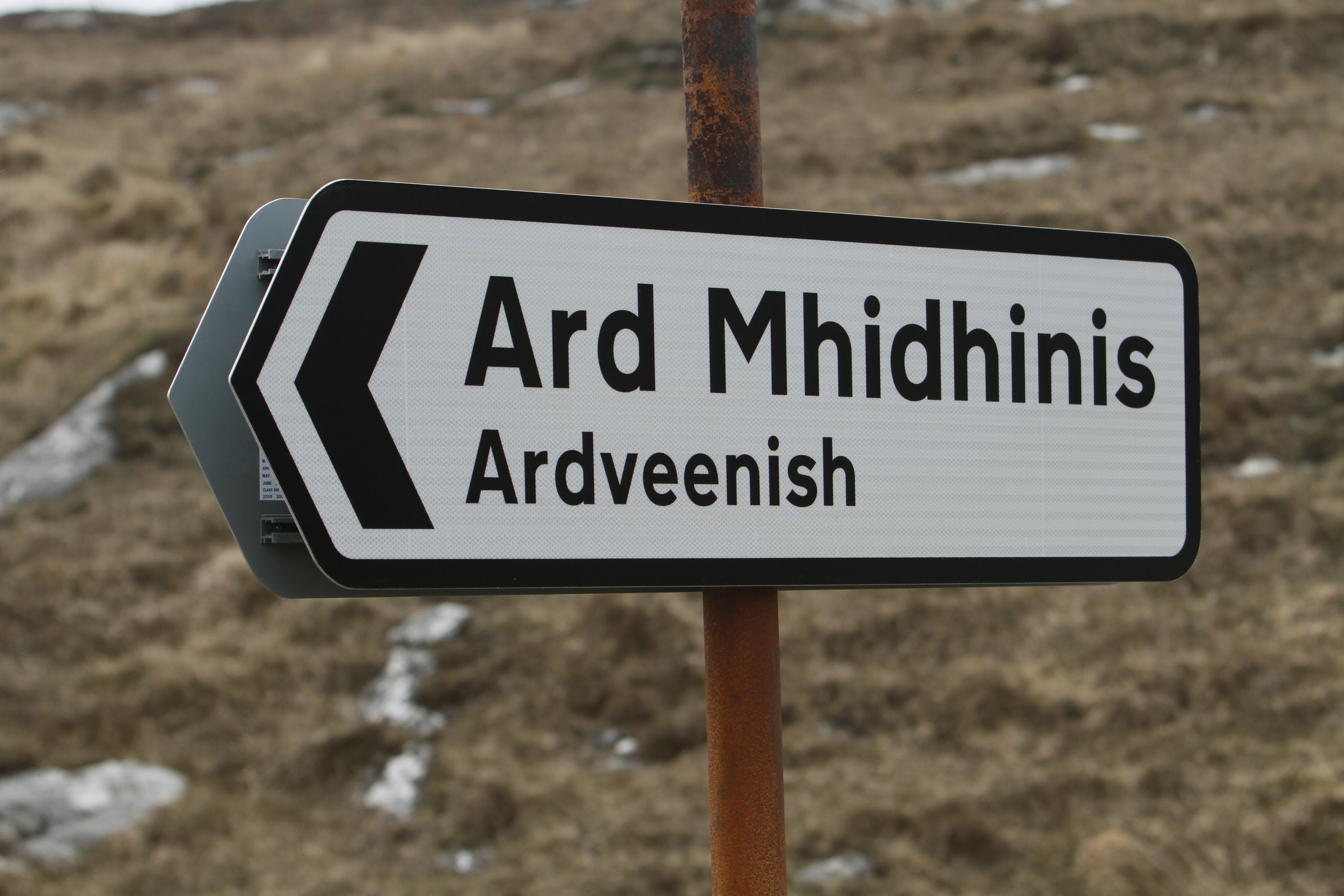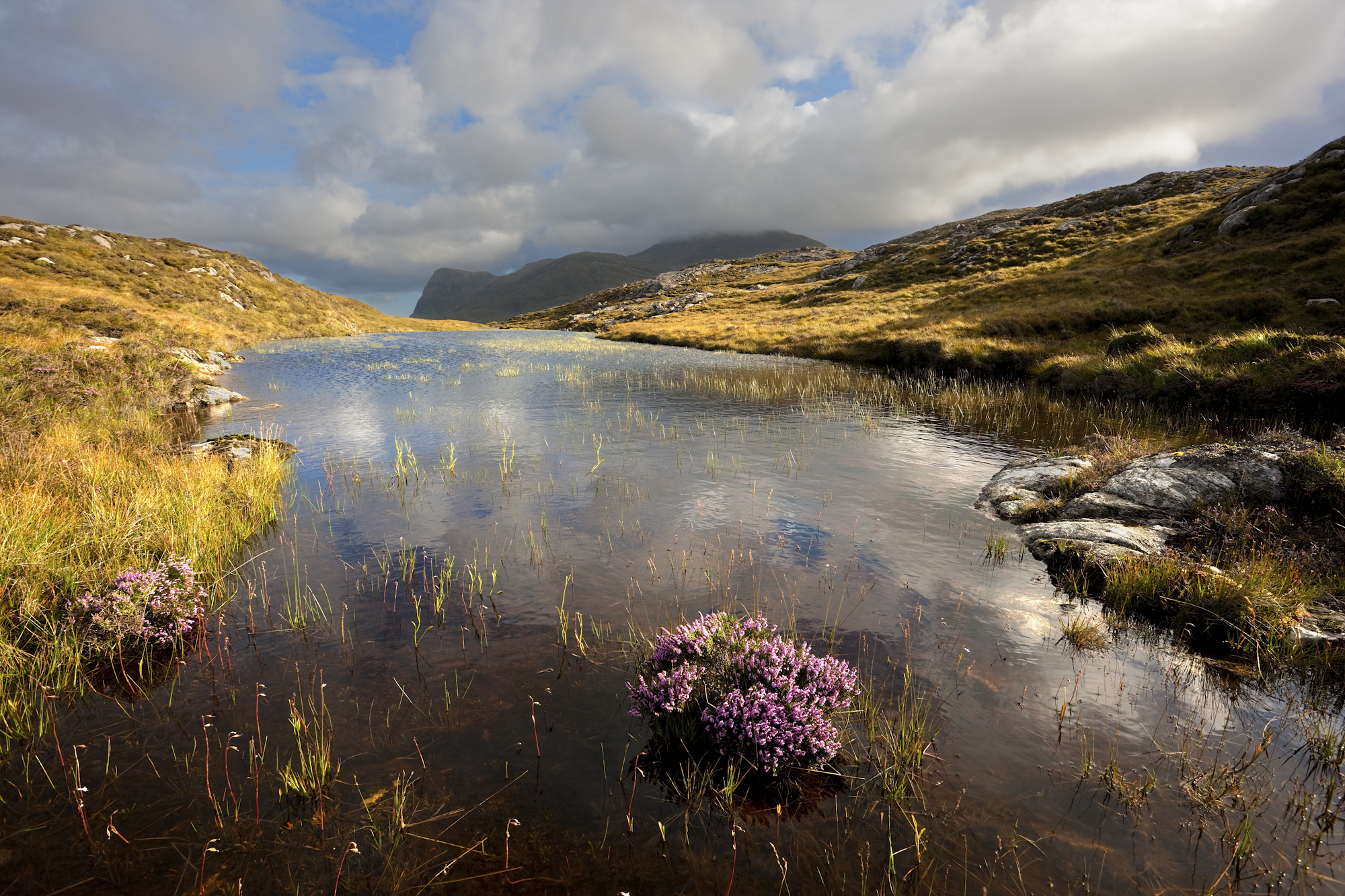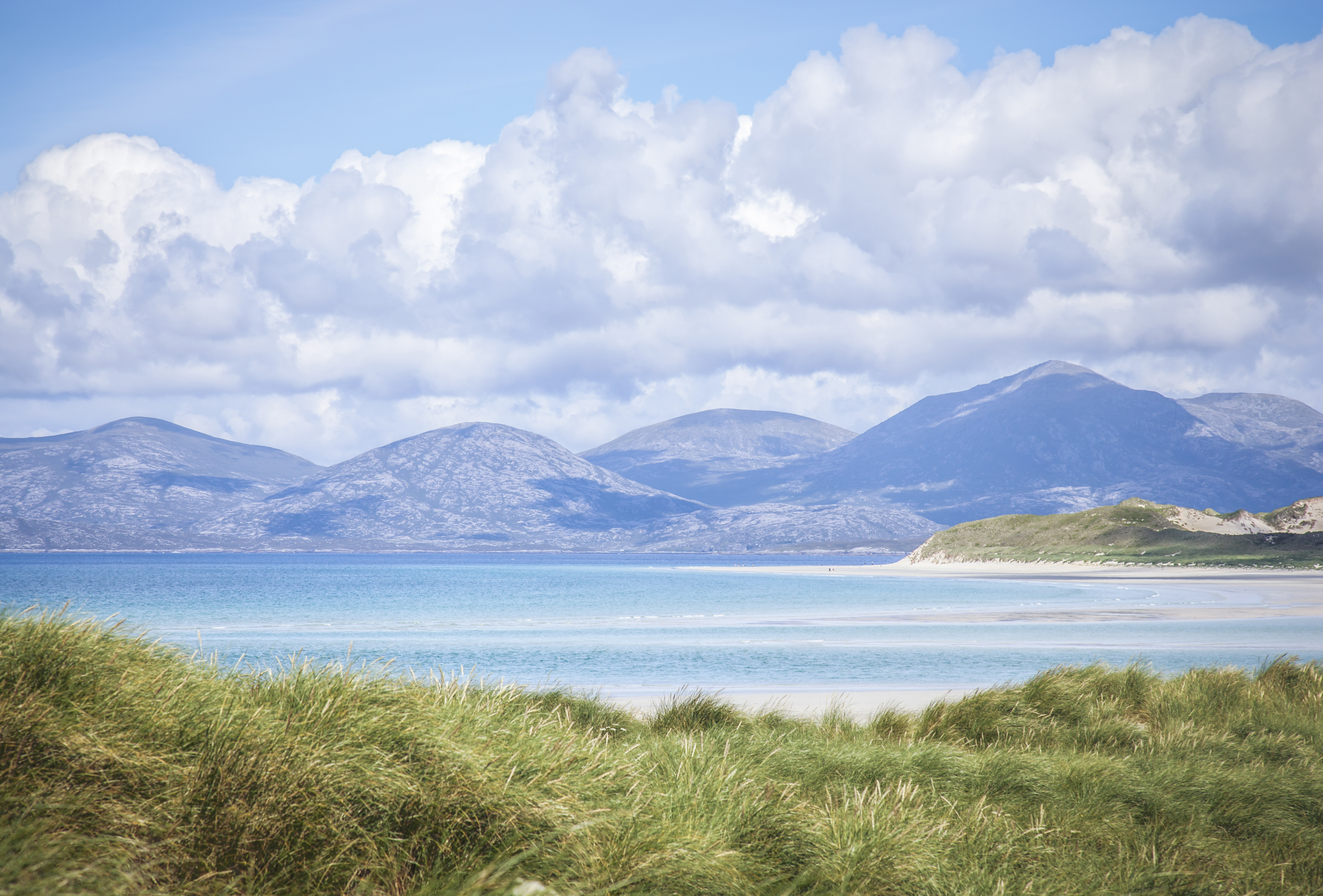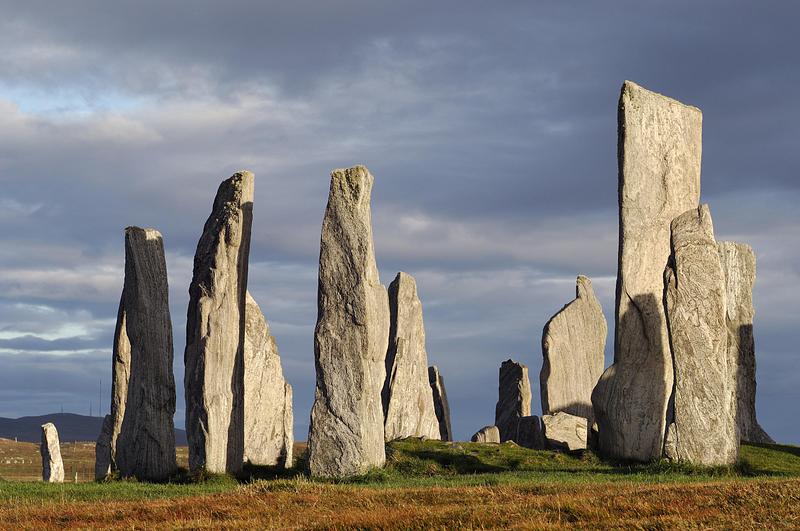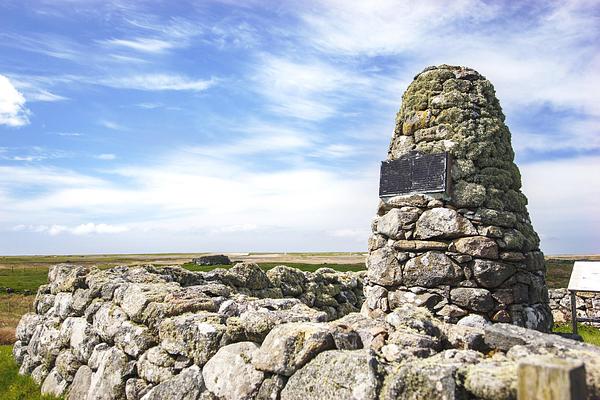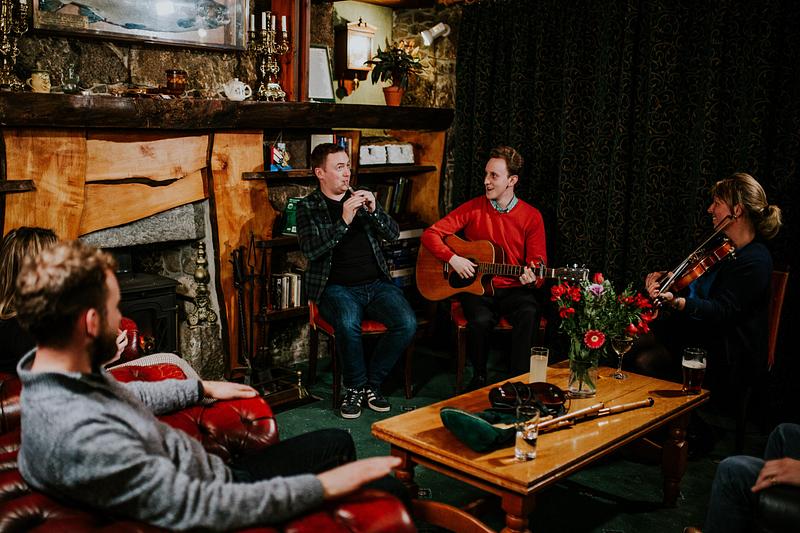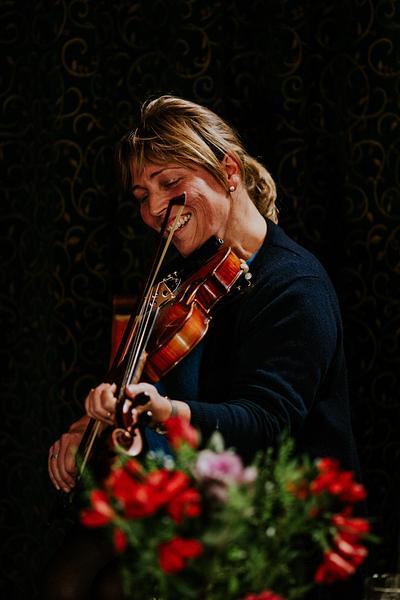It is rooted in the soil, the people and the past of the Outer Hebrides. Without Gaelic language and culture, the story of the islands simply cannot be told – and there is simply nowhere else in the world like these islands.
The Outer Hebrides are known to the world for their pure natural beauty, but day-to-day life here beats to a unique rhythm, a way of life that has remained largely unchanged for generations. From the clattering cycle of a family loom, to the whiff of peat smoke from a croft house some things have not found need to change.
Gaelic, which is one of the oldest languages in Europe, can be heard in shops, at bus stops, in business and in the streets. This is the everyday language, spoken by 70 per cent of islanders in some parts and here you will find the highest proportion of native Gaelic speakers in the UK. Broadcaster Calum Maclean, a fluent Gaelic speaker, said: "Gaelic is a community language, people speak it naturally. That is who they are.
"The language gives visitors a real insight into people and how they live. Just understanding a little bit of Gaelic can open up a whole new experience of the islands.
"The language gives people a real connection to the place and the culture. It is written into the land, written into how people do things, written into the language, of fishing, crofting and weaving – and people are extremely keen to show this to the rest of the world."
Watch an introduction to life on the croft and at the loom with Annie and Donald
Food and Drink
Even those who don't know a shred of Gaelic are likely to be familiar with “uisge-beatha” – the water of life. Or whisky as it is also known.
At the North Uist Distillery, Kate MacDonald and her partner Jonny Ingledew are now distilling the island's first gin and are soon to make the island's first legally distilled whisky. Illicit whisky – and the smuggling that hid it from the gaze of the exciseman – was widely produced across the Highlands and Islands after the first taxes were introduced on whisky in 1644. The importance of a dram to the people is written into song and lore.
Ms MacDonald said: "There are so many old Gaelic songs and stories about illicit distilling that use secret codes so people didn't know what was being talked about. If you were singing about a crooked sheep that was code for a curly horn which represented the coil of the still, if you mentioned a brown cow, that related to the copper colour of the still!
"There are also lots of Gaelic stories of men running away from excisemen and they say that sunken at the bottom of every loch in North Uist is an illicit still that was chucked in the water to hide it."
At Salar Smokehouse in South Uist, Iain MacRury prepares salmon to a secret recipe in a process that was started by former company owner Eric Twelves, who first smoked fish in a biscuit tin on the shores of Loch Carnan. Today, the biscuit tin has been replaced by a unique set of high-temperature kilns.
He added: "People come here to the island, to see the loch and to see how we produce our fish. Provenance is important to people, they like to see the story of the product and experience that as part of their time on the island."
Hear about distilling and fishing on the islands from Kate, Jonny and Iain
Ancestry and Kinship
For those with island roots scattered around the world, the work of the historical societies opens up extraordinary experiences.
Annie Macsween of Ness Historical Society, or Comunn Eachdraidh Nis, started work on recording the history of her community 43 years ago.
Mrs Macsween said: "For visitors, and especially for families of people who emigrated, this information is absolutely invaluable. They can come and visit the historical society and quite often, very quickly, get to meet members of their extended family and be taken to the site of their old family home. They are just overwhelmed - very often they end up meeting their third cousin."
Now, a Gaelic and heritage course is being developed with Lews Castle College in Stornoway, which is part of the University of Highlands and Islands, to help prospective visitors get a handle on the language and heritage of the islands before they arrive. Mrs Macsween added: "It will help people get ready for the islands before they come and really help to enhance their experience when they are here."
Meet Malcolm Maclean and hear about his Gaelic ancestry in Uig
Mountain and Moor
Scroll through the gallery to access all images.
History and Heroes
The story of the Outer Hebrides brims with legendary heroes.
Here, hundreds of years of life in Gaeldom are found at the feet, from the ruined strongholds of island chiefs to the last remains of houses left behind by those forced from their land during the Clearances. Around 3,000 men women and children were evicted from Barra, Benbecula and South Uist alone and put on boats to Canada in the mid 19th Century.
Today, monuments to those crofters who later laid claim to the dispossessed land of their ancestors appear at roadsides, such as the one near Balallan on Lewis which marks those who took part in the Pairc Deer Raid in 1887. The monument to their part in the Land Struggle is built with stones from the ruined homes of the original raider.
Ken Roddy Mackay, chairman of the Kinloch Historical Society, or the Comunn Eachdraidh Cheann a Loch, (CECL), said: "When you look at things like the land struggle it reflects how there was a sense, that exists to this day, that at all levels, people have to do things for themselves on the islands because you are far from London and to an extent, far from Edinburgh."
He added: "The Gaelic culture is very strong on the islands and it always has been. You can't tell the history of the islands and separate that from the Gaelic.
"The monument went up 100 years after the land raids. It took that long for people to have the confidence to have that part of their history recorded," he added.
Meanwhile, the stories of people and place have been collected by a growing and powerful network of historical societies that have taken root in communities all over the islands.
He said: "We were taught in English and we were subliminally told that the Gaelic language didn't count and that our culture didn't count, that it wasn't as important.
"But as a result, what has been created and survived is our history societies. They are in every area of the Outer Hebrides and that local knowledge has been written down. Without these history societies, the culture would have disappeared."
That knowledge has now transcended into the tourism market, with those with family connections to the islands now having access to unique records relating to their ancestors. Introductions to the centres run by history societies are done in a mixture of English and Gaelic to take visitors right to heart of island life.
He added: "What we know is that people want a unique experience, people want something they won't get anywhere else. By coming here, people get that. They get something truly authentic and Gaelic language is at the heart of it. The language has become an extremely valuable asset."
Meet a modern-day hero from Barra and visit Vatersay
Music and Poetry
There is perhaps no more powerful way of telling a people's history and culture than through music and song and in the Outer Hebrides this proud tradition reigns strong.
Songs and tunes passed down through families remain highly treasured with a modern generation of performers, who hold their Gaelic heritage and culture tight, taking the sound of Gaeldom to the world.
For internationally-renowned musician and singer Julie Fowlis, who performs primarily in Gaelic, music remains in the "bone and marrow" of the Outer Hebrides. Ms Fowlis, whose instruments include the pipes, whistle and accordion, amongst others, spent most of her childhood in North Uist.
Songs learned in the classroom went deep. Tales of clansmen, bravery, heroes and poets stayed with Ms Fowlis throughout her life and were later recorded. They include ‘Smeòrach Chlann Dòmhnaill’, or The Mavis of Clan Donald, which appears on her fourth studio album Gach Sgeul, or Every Story.
She said: "These songs stuck with me all that time. I am very proud to have recorded them. When I started out, the thing that felt natural was singing in Gaelic. It didn't even occur to me to sing anything else."
Ms Fowlis, who contributed two songs to the Pixar movie Brave, said singing in Gaelic allowed her to express feelings and moods in a way that performing in English often could not. She said: "When we were asked back in 2012 to be involved in Brave, that was literally the first time I had ever recorded in English. I didn't even know what my accent sounded like in English.
"Even now when you are translating songs, you know the true sense of the song in Gaelic but then the translation into English doesn't go the whole way. It is very difficult to get a true representation in the translation.
"Folk musicians around the world are talking about much of the same thing, of love, of loss, of suffering of injustice but Gaelic gives us different ways of expressing ourselves.”
She added: "A lot of these songs go back hundreds of years, they are tackling weighty subjects in many cases but also there can be a great joy and light-heartedness in them.
"The song tradition encompasses a great appreciation of people and the landscape and that feeling of what connects people to the landscape. A lot of that is missing in contemporary music, that feeling of really being connected to a place. When I take these songs abroad, people really want to tap into that, that deeper understanding.
"There is a lovely phrase in Gaelic ‘cò às a tha thu?' which translates as 'where are you from?' "But literally, it means, 'who are you from?'”
Music is everywhere in the islands, and carried in the weather to the sound of the sea, Ms Fowlis said. "All these things shape the way that you sound and express yourself. All the history, the place, the people, it is all channelled through song and music. The language is a huge part of that," she added.
Today, a 'real pride' is found amongst young people learning traditional music, the musician said. "I remember feeling quite self-conscious as a teenager with my pipes but now I see kids and they are so proud of their culture. It is joyous."
Watch and listen to a ceilidh in South Uist
From the weaver, to the crofter, to the fish smoker, the teacher and the musician, Gaelic is part of the heart and soul of the islands. The Gaelic story is all around.
It is found in the hills and on deserted beaches, in the warm drop of a dram and in the feel of tweed woven in a method unchanged by time.
Heritage, culture and language is deeply cherished here. Today, it can be shared with the world and with visitors who can experience an authenticity of people and place that is now perhaps rarely found.
Broadcaster Calum Maclean believes that Gaelic language and culture can stir a new, deeper appreciation of the Outer Hebrides. He said: "Everyone has their own part of the story as to why Gaelic is so important to them.
"What really comes through is how people use Gaelic so naturally as part of their community. "You can go to the Outer Hebrides and you can get these amazing visuals of beautiful places, but Gaelic language and culture gives you a deeper insight into the place, a deeper understanding of the islands – but also of Scotland too."
Ready to explore Scotland’s Gaelic Islands? Read the eBook to learn more and discover some of the best experiences on the islands: https://ebook.visitouterhebrides.co.uk/
To find out more about Scotland’s Gaelic Islands, help with planning your visit, and for your chance to WIN a 7-day break to the Outer Hebrides go to: https://www.visitouterhebrides.co.uk/win
